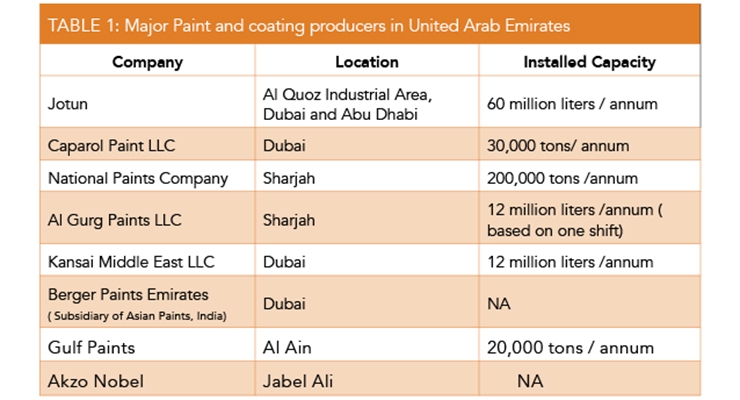Check Out The Role Of Seasonal Consider The Success Of Industrial Outside Painting And Reveal The Very Best Times To Protect Long-Term Results For Your Project
Check Out The Role Of Seasonal Consider The Success Of Industrial Outside Painting And Reveal The Very Best Times To Protect Long-Term Results For Your Project
Blog Article
Short Article Produced By-Korsholm Urquhart
When you're intending a commercial outside paint task, seasonal elements can make or damage your results. You'll want to take into consideration how temperature level and humidity impact paint application and drying times. Choosing the best season can guarantee your paint adheres effectively and lasts longer. Yet which seasons are genuinely the very best for this kind of work? Allow's check out the key elements that can impact your task's success.
The Impact of Temperature Level on Paint Application
When you're preparing a business external paint job, the temperature can substantially affect just how well the paint sticks and dries.
Ideally, you wish to paint when temperatures vary between 50 ° F and 85 ° F. If it's too chilly, the paint may not heal correctly, bring about problems like peeling or fracturing.
On the flip side, if it's too warm, the paint can dry also quickly, avoiding correct adhesion and resulting in an unequal finish.
You need to likewise consider the time of day; morning or late afternoon uses cooler temperature levels, which can be much more positive.
Constantly examine the manufacturer's referrals for the specific paint you're making use of, as they commonly provide guidance on the excellent temperature array for optimal results.
Moisture and Its Effect on Drying Times
Temperature isn't the only ecological element that influences your commercial outside paint job; humidity plays a considerable duty too. High humidity levels can reduce drying times dramatically, affecting the overall top quality of your paint work.
When the air is saturated with dampness, the paint takes longer to treat, which can result in problems like bad attachment and a greater threat of mildew development. If you're painting on a particularly humid day, be planned for extensive delay times between coats.
It's vital to monitor local climate condition and strategy as necessary. Preferably, go for moisture levels in between 40% and 70% for optimum drying out.
Keeping these consider mind guarantees your project remains on track and provides a lasting surface.
Best Seasons for Commercial Exterior Painting Projects
What's the most effective time of year for your commercial external painting tasks?
https://housepaintersnearme32097.like-blogs.com/34134434/secret-queries-to-make-before-employing-house-painters and early autumn are generally your best bets. Throughout these seasons, temperature levels are moderate, and humidity degrees are often reduced, creating optimal problems for paint application and drying out.
find more information , which can trigger paint to completely dry too promptly, bring about bad adhesion and finish. In a similar way, winter's cold temperature levels can hinder appropriate drying out and curing, running the risk of the durability of your paint job.
Go for days with temperatures between 50 ° F and 85 ° F for optimal results. Bear in mind to check the local weather report for rain, as wet conditions can wreck your project.
Planning around these variables ensures your painting task runs smoothly and lasts much longer.
Final thought
In conclusion, intending your commercial outside painting tasks around seasonal factors to consider can make a significant difference in the outcome. By scheduling job throughout the excellent temperature levels and moisture degrees, you'll make sure much better adhesion and drying out times. Bear in mind to watch on regional weather prediction and pick the correct time of year-- springtime and very early autumn are your best options. Taking simply click the following site will help you accomplish a resilient and professional finish that lasts.
